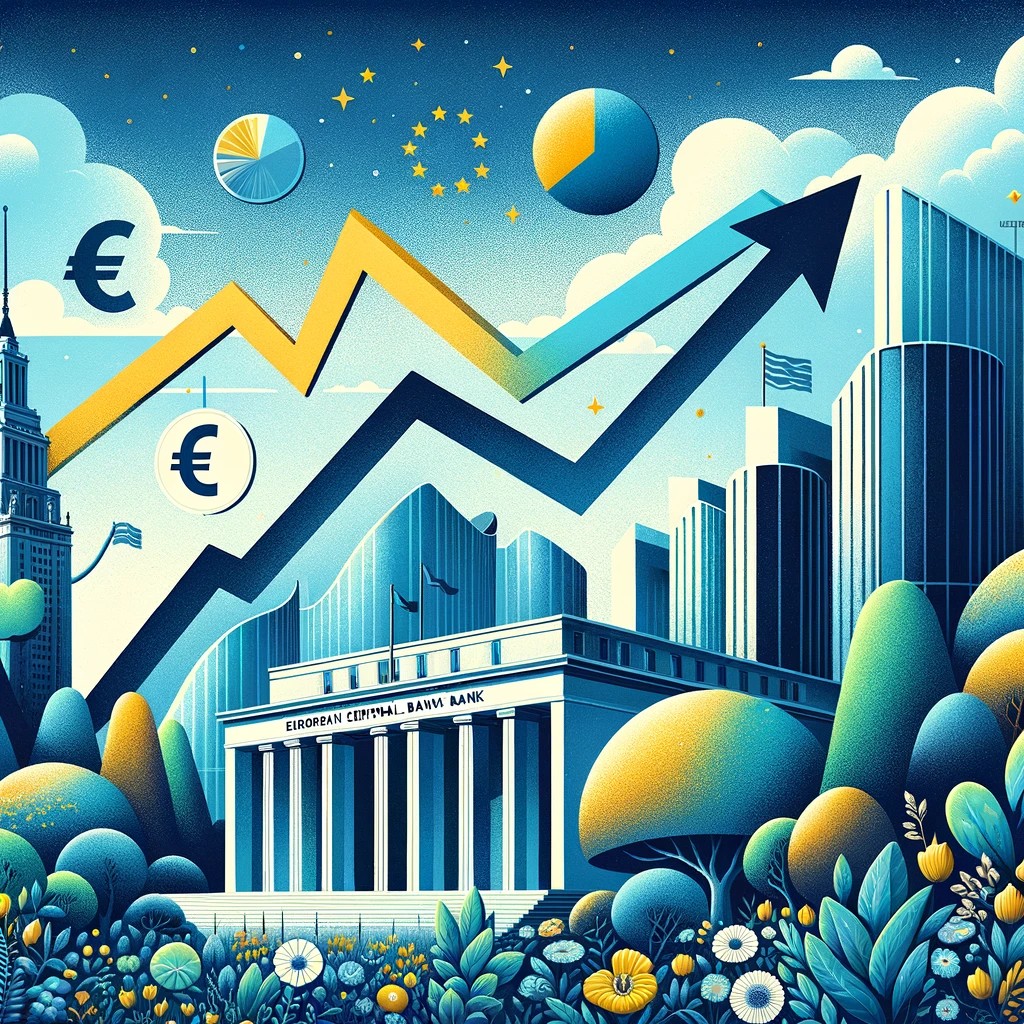Bucking the trend of recent times, the Eurozone’s economic landscape has begun to show glimmers of recovery early this year, painting a complex picture for both market watchers and policy makers. The narrative isn’t one of unbridled optimism, though; it’s a tapestry woven with cautious rebounds, persistent challenges, and a European Central Bank (ECB) that remains steadfast, unmoved by the subtle shifts in economic winds.
A Closer Look at the Economic Pulse
Delving into the heart of the matter, the Eurozone’s economic health, as gauged by a key indicator—the S&P Global’s flash eurozone composite purchasing managers’ index—has inched up to a six-month peak of 47.9 from 47.6. This slight uptick, fueled by a resurgence in manufacturing prowess, hasn’t been enough to fully counterbalance the services sector’s continued slump, leaving the Eurozone in a peculiar limbo. Despite this fractional rise, the region still lingers below the pivotal 50 mark, a clear signal that expansion remains a distant horizon.
Interestingly, this nuanced recovery hasn’t been uniformly felt across the board. France and Germany, typically economic powerhouses, find themselves grappling with deeper business activity downturns. In contrast, the broader Eurozone canvas reflects a modest rebound, hinting at a divergent recovery path within the union.
Financial Markets and Policy Stance
The financial markets have reacted with a mix of skepticism and muted optimism. The euro’s slight ascent against the dollar post-data release suggests a tempered hope in the markets, possibly dialing down expectations of an imminent rate slash by the ECB. Yet, the dip in Germany’s benchmark 10-year bond yields speaks volumes about the underlying concerns regarding the bloc’s economic robustness.
As for the ECB, its stance seems to be one of watchful patience. The central banking authority, under the looming shadow of heightened inflationary pressures—particularly from the labor market—appears to be in no hurry to alter its monetary policy course. Despite the market’s speculative gaze towards potential rate cuts, the ECB’s primary focus remains tethered to the inflation trajectory, leaving little room for immediate monetary easing.
This cautious approach is further underscored by the broader economic signals. The marginal decrease in new business order declines, a slight uptick in employment, and a somewhat brighter outlook for the year ahead do inject a dose of optimism. Yet, these are but whispers of recovery in a hall still echoing with the sounds of economic caution.
Adding layers to this complex economic narrative are global supply chain disruptions, notably from the Red Sea, and an inflationary undercurrent driven by labor costs. These factors not only influence the Eurozone’s immediate economic outlook but also shape the ECB’s policy contemplations, underscoring the delicate balance between fostering growth and curbing inflation.
The unfolding economic narrative of the Eurozone thus stands at a crossroads, marked by a tentative recovery, persistent challenges, and a central bank that remains steadfast in its commitment to stability over haste. As the year progresses, the interplay between these dynamic forces will undoubtedly shape the economic landscape of the bloc, with the global community watching closely.





